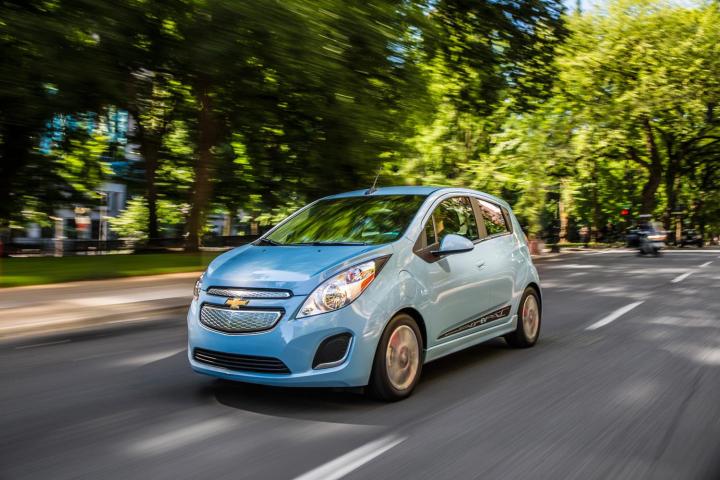
Chevrolet knows how important money is, which is why the American automaker is appealing to people’s wallets in the company’s latest press release about their newest electric car.
How so? It looks like the accountants over at Chevrolet want you to know that buying a Chevrolet Spark EV is not only good for the environment, what with creating zero emissions and all, but that by buying a 2014 Chevrolet Spark EV, you’re looking at savings of $9,000 in fuel costs over five years.
EPA figures give the Spark EV a combined (that’s city and highway driving) 199 miles per gallon equivalent on its 82 miles per full charge range, when compared to the average new vehicle, that’s about $159 per month in savings every month for five years, according to Chevrolet.

So what does a cool $9,000 get you according to Chevrolet? How’s about a two flights to Bora Bora – or six pairs of Google Glass? Are you more concerned about the earth than you are with your bankroll? Chevy says that $9,000 consumers won’t be using will not require drudging up 2,480 gallons of dinosaur juice, which is enough to fill a small tanker truck.
The 2014 Chevy Sparks is available now in Oregon and California, with launches scheduled for Canada, South Korea, and Europe in the near future. MSRP for the Spark EV is $26,685. That figure doesn’t include state and local incentives that can often knock the price down by $7,500 or more.
While saving money is something we can all appreciate, it’s important to point out that a gasoline-powered Spark starts are a mere $12,185.
Tell us your thoughts. Is $9,000 in savings over a five year period enough to get you to go EV?


